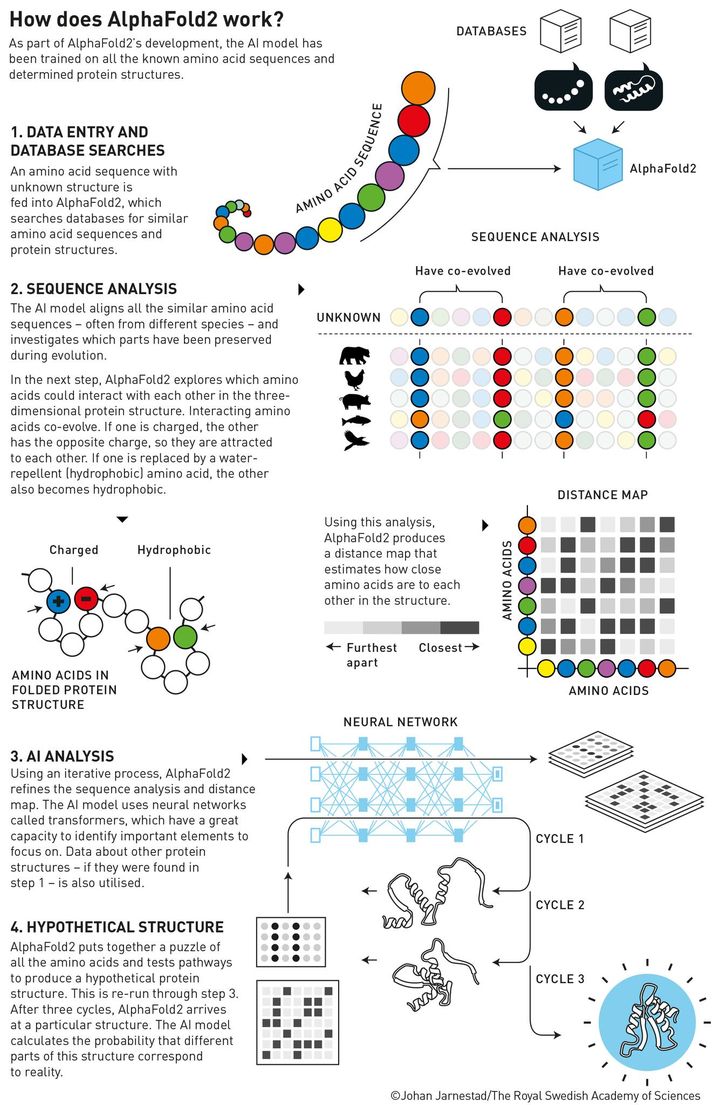
Safwan Haque
@safwan_m_haque
Biological Sciences grad | Computational Drug Discovery | Signal Transduction | Cancer Therapeutics
ID: 750761112266616832
06-07-2016 18:39:32
33 Tweet
38 Takipçi
485 Takip Edilen
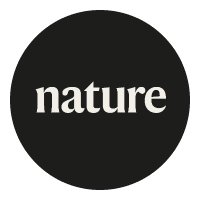
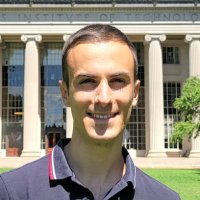


How the same cancer driver mutations can manifest differently across the lifespan cell.com/cancer-cell/fu… Cancer Cell Razelle Kurzrock, MD Vivek Subbiah, MD


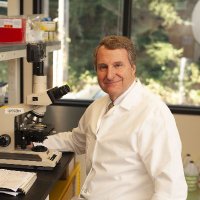
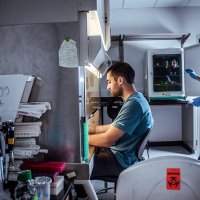

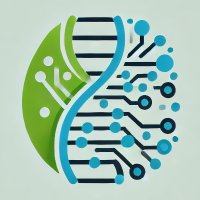


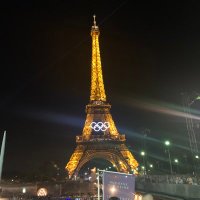
How to write your first paper I recommend this paper to all PhD beginners. PhD Voice - Independently Run Labiofy #PhDposition #phdlife #PhD #postdoc The Postdoctoral #chemtwitter




1. Compilation of advice (by Shaily): github.com/shaily99/advice 2. Application fee waivers (by Kaiser Sun): github.com/KaiserWhoLearn… 3. SoP samples (collected by Zhaofeng Wu @ ICLR Alexis Ross Shannon Shen): cs-sop.org [2/3]
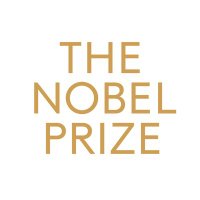


Molecular dynamics simulations in mixed reality! With Luciano Abriata and Lucien Krapp we’re scaling our multi-user WebXR platform to enable immersive molecular simulations, fully based on web technologies. Stay tuned, lots of cool stuff coming soon! Three.js #WebXR #Quest3










